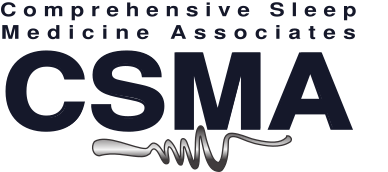Involuntary grinding and clenching teeth at night, known as Nocturnal Bruxism, is a significant problem for millions of Americans and can lead to a painful condition known as TMJ or TMD, Temporal Mandibular Dysfunction. It has been recognized for many years that a relationship exists between Nocturnal Bruxism and OSA. Recent research conducted by Dr. Simmons has demonstrated that 25% of patients with OSA demonstrate Nocturnal Bruxism. Most interestingly his research has demonstrated that treating the OSA with CPAP resolves the Nocturnal Bruxism in most case. His research concludes that the Bruxism occurs during sleep in an attempt to protect a person’s airway that would otherwise collapse during sleep. Frequently, patients can ultimately be successfully treated with a specialized dental appliance that holds the jaw forward during sleep.
Further Reading:
“Missing Link between Teeth Grinding and Sleep”.pdf
Medical Matters News, April 27, 2010 article: Jerald H. Simmons, MD and Ronald S. Prehn, DDS discover link between bruxism and OSA
Click Here for the .pdf poster “Airway Protection: The Missing Link between Nocturnal Bruxism and Obstructive Sleep Apnea”
Presented at the 2009 APSS Conference by Jerald H. Simmons, MD and Ronald S. Prehn, DDS
Click here for the PDF poster “Nocturnal Bruxism as a Protective Mechanism Against Obstructive Breathing During Sleep”
Presented at the 2008 APSS Conference by Jerald H. Simmons, MD and Ronald S. Prehn, DDS
The Occurrence of Sleep Disordered Breathing in Patients With Temporal Mandibular Joint Dysfunction (TMJ)
Presented at the 2011 APSS Conference by Ronald S. Prehn, DDS and Jerald H. Simmons, MD
Neurology of Sleep and Sleep-Related Breathing Disorders and Their Relationships to Sleep Bruxism
by Jerald H. Simmons, MD: February 2012 issue of the California Dental Association Journal
Conditions that affect sleep can impact overall health. More than 70 million Americans suffer from problems with sleep. The purpose of this article is to provide the basic science of sleep physiology and how it relates to disorders that are pertinent to dentistry. Concepts are presented that explain airway dynamics and how the jaw and tongue influence airway obstruction. Additionally, explanation is given on an association between temporomandibular jaw dysfunction and bruxism during sleep.

